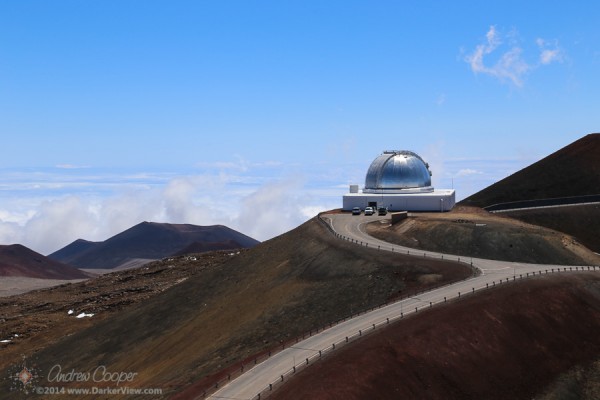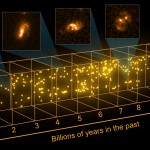Sometimes it takes a village to find new and unusual objects in space. Volunteers scanning tens of thousands of starry images from NASA’s Spitzer Space Telescope, using the Web-based Milky Way Project, recently stumbled upon a new class of curiosities that had gone largely unrecognized before: yellow balls. The rounded features are not actually yellow — they just appear that way in the infrared, color-assigned Spitzer images.

“With prompting by the volunteers, we analyzed the yellow balls and figured out that they are a new way to detect the early stages of massive star formation,” said Charles Kerton of Iowa State University, Ames. “The simple question of ‘Hmm, what’s that?’ led us to this discovery.” Kerton is lead author, and Wolf-Chase a co-author, of a new study on the findings in the Astrophysical Journal.
The Milky Way Project is one of many so-called citizen scientist projects making up the Zooniverse website, which relies on crowdsourcing to help process scientific data. So far, more than 70 scientific papers have resulted from volunteers using Zooniverse, four of which are tied to the Milky Way Project. In 2009, volunteers using a Zooniverse project called Galaxy Zoo began chatting about unusual objects they dubbed “green peas.” Their efforts led to the discovery of a class of compact galaxies that churned out extreme numbers of stars.
Continue reading “Citizen Scientists Lead Astronomers to Mystery Objects in Space”


